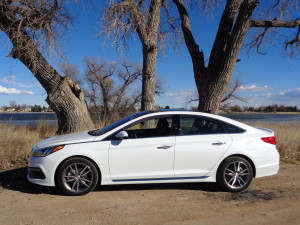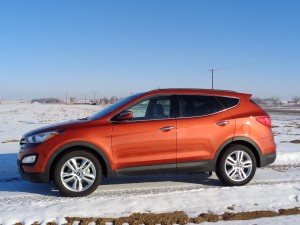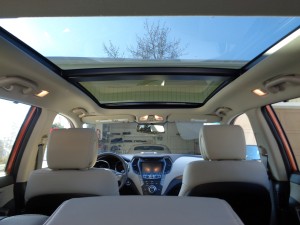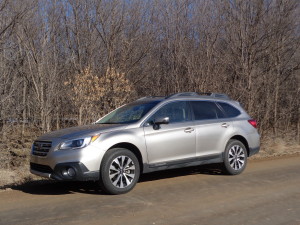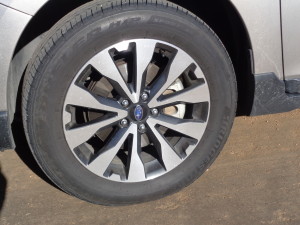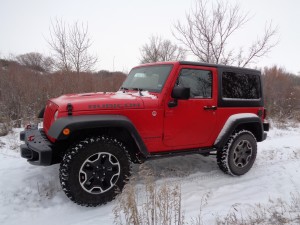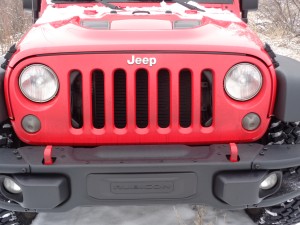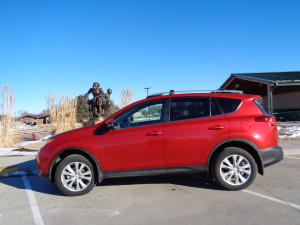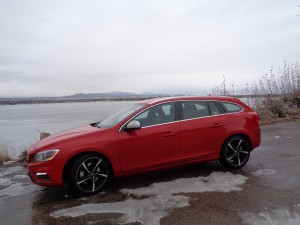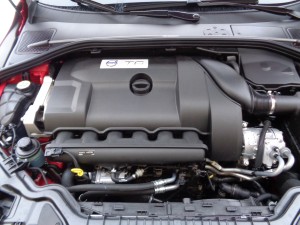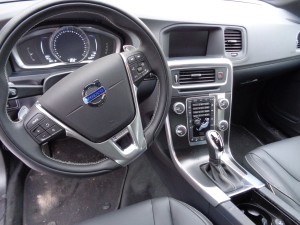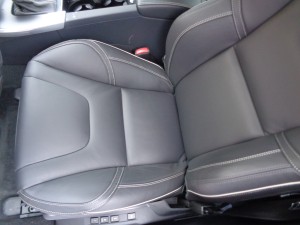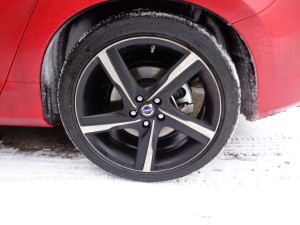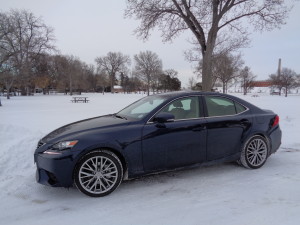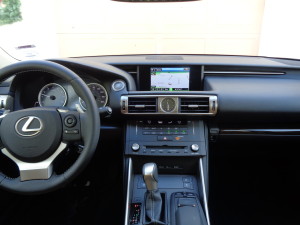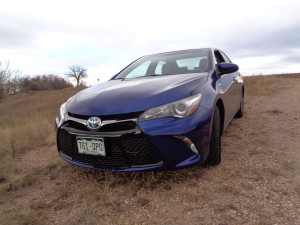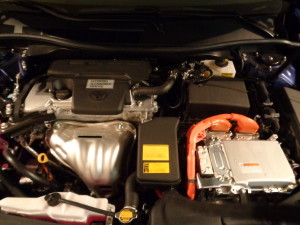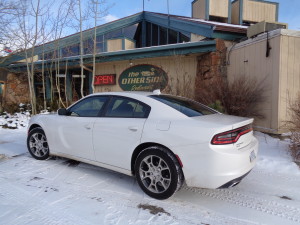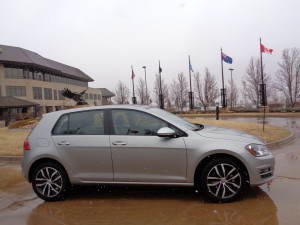
There’s not a lot of glamour associated with the 2015 Volkswagen Golf TSI SE hatchback, yet I seemed, over and over, to look for reasons to get into its driver’s seat and maneuver it all over town.
This allure might explain its surprising choice as car of the year at the North American International Auto Show in Detroit in January. The little Golf beat out a couple of hot-shot finalists – the Ford Mustang and Hyundai Genesis – for the honor.
The new Golf, a five-passenger compact, sits an inch lower, is 2 inches longer and looks a bit sportier than last year’s model. It shows refinement inside and, with the small turbocharged engine, is fun to drive (except for the turbo lag on takeoff). Its sticker is just over $25,000.
Another Volkswagen I drove recently which might be an even better value is the ‘15 Jetta SE four-door.
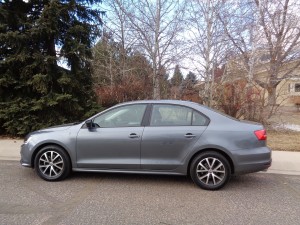
It doesn’t have a backup camera and there is no navigation screen. Let me tell you what the Jetta does have – the 1.8 turbocharged engine and manual transmission producing fuel mileage into the 30s, heated front seats, SiriusXM satellite radio and Bluetooth mobile phone connectivity. That for a sticker price of $20,810.
While the Golf’s wheelbase is only an inch shorter than that of the Jetta’s, it is 16 inches shorter in overall length. At 3,023 pounds on a wheelbase of 103 inches, the Golf is a superb handler; the German engineering is appreciated.
The front-wheel-drive configuration performs well with the 1.8-liter turbo 4-cylinder developing 170 horsepower and 200 lb.-ft. of torque and tied to a 6-speed automatic transmission. It has strut front and multilink rear suspension and rides on Continental ProContact 225/45R17 tires. The Golf averaged 31.2 miles per gallon in overall driving.
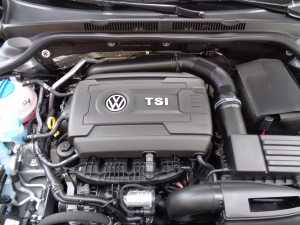
Small, inconspicuous paddle shifters are easy to touch and use with the transmission’s manual mode. The Golf’s out-of-the-way touch-shifters contrast in appearance with the 6-inch-long magnesium paddles on the Infiniti QX70 which replaced the VW in my driveway.
Inside the VW are firm, supportive perforated leather seats (heated in front), a 5.8-inch touchscreen display with small but clear-imaged backup camera and flat-bottomed steering wheel. The rear-seating area has added legroom and headroom and the cargo space behind the rear seats has grown from less than 16 cubic feet to more than 22.
As for the Jetta, few cars in that price range will handle better than the German product (built in Mexico) from VW. Rural roads with their bends and knolls and short-stretch straightaways brought out the best in the front-wheel-drive Jetta. It exhibits precise steering. The Jetta is Volkswagen’s best-selling model, ahead of the Passat and Golf.
I reviewed the first Jetta, an ‘80 model, 35 years ago; it was 15 inches shorter than today’s sedan and weighed only 1,900 pounds.
The 2015 Jetta weighs 3,000 pounds on a wheelbase of 104.4 inches and overall length of 183.3 inches. The added size gives it a roomy interior and a nice-sized trunk of almost 16 cubic feet. The driver’s side sun visor can’t be swung completely around to the side window because of obstruction by the overhead grip handle, and is left hanging at an awkward position.
Here are the specifications for the 2015 Volkswagen Golf TSI SE:
- Capacity 5-passenger hatchback
- Wheelbase 103.8 inches
- Length 167.5 inches
- Width 70.8 inches
- Height 57.2 inches
- Curb Weight 3,023 pounds
- Track 61 inches front, 59.8 rear
- Ground Clearance 5.4 inches
- Turn Circle 35.8 feet
- Drivetrain Front-wheel-drive
- Engine 1.8-liter turbocharged 4-cylinder
- Horsepower/Torque 170/200
- Transmission 6-speed automatic
- Steering electromechanical power
- Suspension Front strut, rear multilink
- Fuel mileage estimate 25/36
- Fuel mileage average 31.2
- Fuel Tank 13.2 gallons, regular unleaded
- Wheels 17-inch
- Tires Continental 225/45R17
- Cargo Volume 22.8 cubic feet
- Warranty 3 years/36,000 miles basic, 5/60,000 powertrain
Competitors Ford Fiesta hatchback, Subaru Impreza Sport, Honda Fit, Mini Cooper Clubman, Fiat 500L
Assembly Plant Puebla, Mexico
Parts Content German 25%, Mexico 21%, U.S./Canadian 7%
Base Price of Lowest Model $18,815; Base Price of Review Model $24,895; Destination Charge $820; Sticker Price $25,715.
